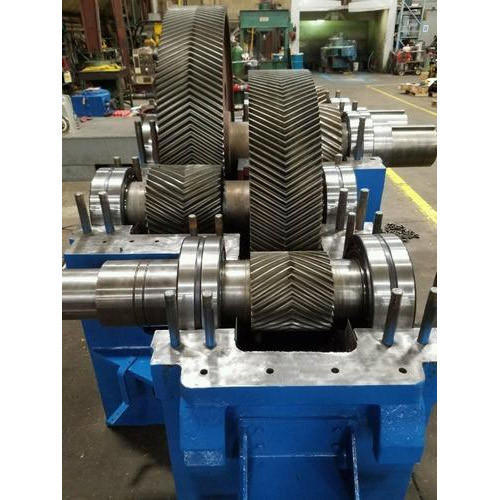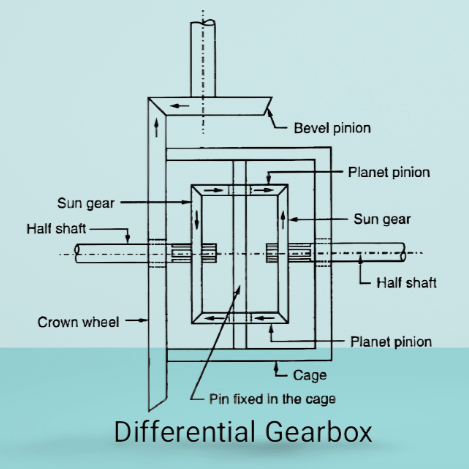Internal Combustion (IC) engines are marvels of engineering, but they do have their inefficiencies. When fuel burns inside the engine cylinder, not all the energy converts into useful power at the crankshaft. The typical distribution of fuel energy is as follows:
- Useful work at the crankshaft: 25%
- Loss in exhaust gases: 35%
- Loss to the cylinder walls: 30%
- Loss due to friction: 10%
Without effective cooling, the heat from combustion could cause pre-ignition, damaging the engine. Let’s dive into why cooling systems are essential and explore the different types used in IC engines.
Why Do IC Engines Need Cooling Systems?
- Heat Removal: Engines need to dissipate excess heat quickly to prevent overheating.
- Temperature Control: Maintaining the engine temperature below certain limits is crucial for optimal performance.
- Efficiency Balance: Excessive cooling can decrease thermal efficiency, so an optimal balance must be achieved.
Types of Cooling Systems in IC Engines
1. Air Cooling System
Principle: This method relies on a continuous flow of air over the heated surfaces to remove heat.
Factors Affecting Heat Dissipation:
- Temperature difference between the heated surface and air
- Mass flow rate of air
- Surface area of the metal in contact with air
- Conductivity of the metal
Enhancements: Increasing the surface area for effective cooling can be achieved by using fins. Fins can be cast as part of the cylinder or added separately. Copper and steel alloys are often used to improve heat transfer due to their better thermal conductivity.
Advantages:
- Lighter engines due to the absence of radiators and cooling jackets
- Suitable for extreme climates where water might freeze
- Easier maintenance with no leakage issues
- Ideal in areas with scarce cooling water
Disadvantages:
- Fans required for air cooling absorb significant engine power (about 5%) and are bulky
- Noisier compared to water-cooled engines
- Less efficient cooling due to air’s lower heat transfer coefficient
2. Water Cooling System
Principle: This method uses water as the cooling medium. Engine cylinders are surrounded by water jackets through which water flows, absorbing heat from the cylinder walls and releasing it through the radiator.
Types of Water Cooling Systems:
- Thermosyphon System: Utilizes natural convection for water circulation.
- Pump Circulation System: Uses a pump to circulate coolant, ensuring faster and more efficient cooling.
Thermosyphon Cooling System
Components:
- Radiator
- Engine
- Filler cap or pressure cap
- Water
- Cooling fan
- Hosepipe
Working: The system relies on gravity and the natural convection of water. Hot water rises, cools in the radiator, and returns to the engine. Fans can assist the cooling process.
Advantages:
- Simple design
- Low initial cost
Disadvantages:
- Slow cooling due to reliance on natural convection
- Requires a large quantity of water
- Pressure in the coolant is low, causing slower heating to operating temperature
- Minimum coolant level must be maintained to prevent system failure
Pump Circulation System
Components:
- Engine (with cylinders)
- Cooling fan
- Thermostat valve
- Radiator
- Filler cap (pressure cap)
- Hose pipes
- Water pump
Working: Similar to the thermosyphon system but with a pump for faster coolant circulation. A thermostat controls the coolant flow, directing it through the radiator or bypass pipe based on temperature.
Advantages:
- Faster and more efficient cooling
- Better control over engine temperature
- Enhanced engine protection
Conclusion
Effective cooling is crucial for the performance and longevity of IC engines. Both air and water cooling systems have their advantages and limitations, and the choice depends on the specific requirements of the engine and operating conditions. By understanding these cooling systems, we can appreciate the engineering behind keeping our engines running smoothly.


